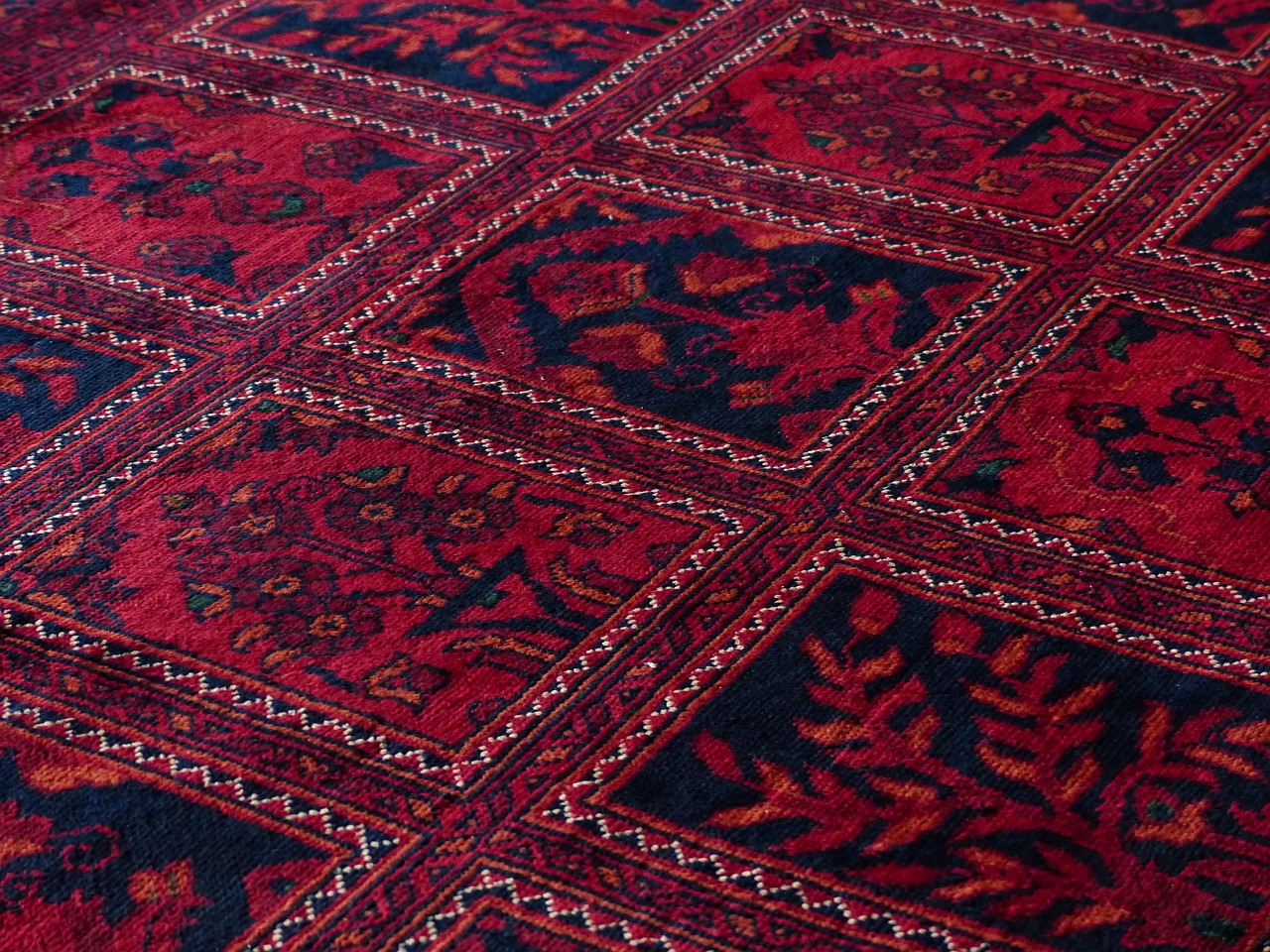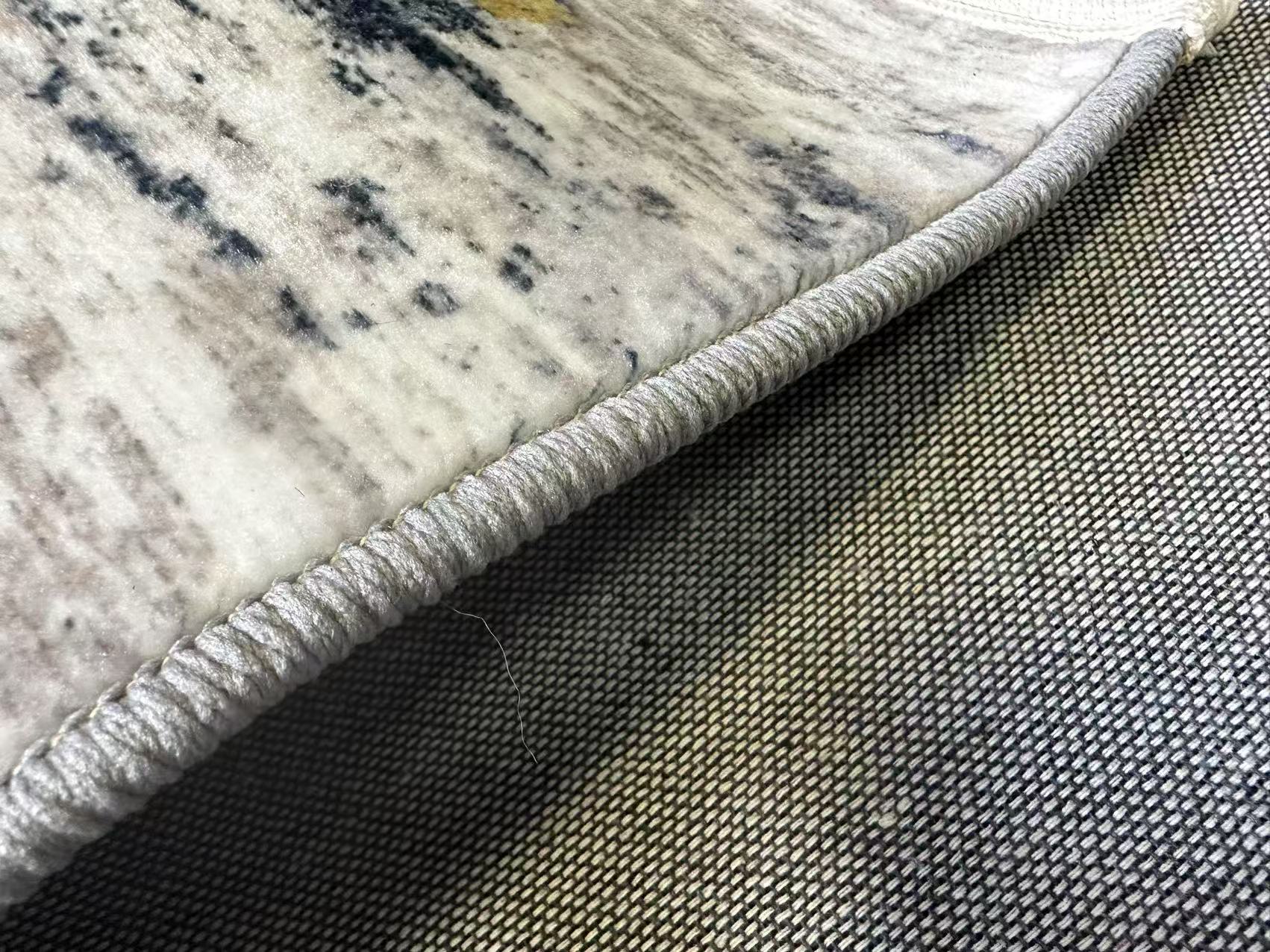Views: 0 Author: Site Editor Publish Time: 2025-07-21 Origin: Site










When decorating a kitchen, one often overlooked element is the placement of rugs. A rug in front of the sink or stove might seem unnecessary to some, but it serves both practical and aesthetic purposes. Whether you're trying to protect your flooring, add comfort, or enhance the style of your kitchen, the placement of a rug can make a big difference. But with high traffic, spills, and potential grease in these areas, should you really put a rug in front of the sink or stove? This article will explore the pros, cons, and best practices for rug placement in these important kitchen zones.
Comfort and Cushioning: Kitchens are areas where you spend a lot of time standing while preparing food, doing dishes, or cooking. A rug can provide much-needed cushioning underfoot, reducing discomfort, especially when you’re standing for extended periods. Anti-fatigue mats or thicker rugs can greatly enhance comfort, making it easier to enjoy cooking or washing dishes without straining your legs or back.
Protection for Flooring: The kitchen floor is highly vulnerable to spills, grease splatters, and wear due to constant foot traffic. Rugs can serve as a barrier, protecting your flooring from stains, scratches, and general wear and tear. Whether you have hardwood, tile, or vinyl, a rug can prevent long-term damage, reducing the need for expensive floor repairs or replacements.
Safety Considerations: Kitchens can become slippery, particularly near the sink where water often splashes or when oil or grease is splattered around the stove. Rugs with non-slip backings or rug pads can significantly improve safety, reducing the risk of slips and falls, especially when the floor is wet.
Choosing the right rug material is crucial when placing rugs in areas prone to moisture, spills, and high traffic, such as in front of the sink and stove.
Material Choices for High-Traffic Areas: The best materials for kitchen rugs are durable, moisture-resistant, and easy to clean. Flat-weave rugs made of synthetic fibers such as polypropylene, nylon, or polyester are excellent choices. These materials are resistant to water damage, do not absorb spills as easily, and are quick to dry. They also tend to be more stain-resistant compared to natural fibers.
Durability and Maintenance: Cotton rugs are popular in kitchens because they are soft and often machine washable. However, they can wear out faster and may not hold up as well in areas with heavy traffic. Natural fiber rugs, such as wool, jute, and sisal, are less suited for the sink or stove area because they tend to absorb moisture and dirt, making them harder to clean. They are better suited for low-traffic areas of the kitchen, like in the dining area.
Water Resistance: Water-resistant materials like polypropylene or certain synthetic blends are ideal for kitchen use. These materials prevent water from soaking into the fibers, minimizing the risk of mildew or mold growth, which is especially important around the sink.
Thickness and Cushioning: Consider a rug with added cushioning for areas where you spend long periods standing. A thicker rug or one with anti-fatigue properties can reduce leg strain when standing at the stove or sink for extended periods, making cooking or dishwashing much more comfortable.

Measuring the Area: It’s crucial to take accurate measurements of the space where you plan to place the rug. A rug that is too small can look out of place, while one that’s too large may interfere with your cooking space or obstruct movement in the kitchen. Use a tape measure to get the exact dimensions in front of the sink or stove to ensure the rug fits well within the designated area.
Size Guidelines for Rugs: For smaller areas like in front of the sink, a rug measuring about 2 feet by 3 feet is typically ideal. This size allows enough room for standing while working but doesn’t overwhelm the space. For larger areas, such as in front of the stove or if you have a longer galley kitchen, a 2 feet by 6 feet rug works well, as it provides more coverage while still leaving enough room for movement.
Non-Slip Features: Safety is a top priority in the kitchen, especially near areas prone to moisture like the sink and stove. Look for rugs with non-slip backing or add a rug pad underneath. Non-slip rug pads are an essential addition, as they keep the rug securely in place even in high-traffic areas. This ensures the rug doesn’t shift when you're standing on it, reducing the risk of accidents.
Anti-Fatigue Rugs: If you’re planning to place a rug in front of the stove or sink, consider using anti-fatigue mats. These are specially designed to reduce stress on your legs and feet while standing for long periods. Anti-fatigue mats provide additional cushioning, improving comfort and encouraging healthier posture during meal prep or dishwashing.
Matching the Rug to Your Kitchen’s Style: The rug you choose should complement the overall design and color scheme of your kitchen. For instance, a vibrant, patterned rug can add a pop of color to a neutral kitchen, while a solid-colored rug can blend seamlessly with your decor. Whether your kitchen is modern, rustic, or traditional, you can find a rug that fits your style.
Rug Color and Practicality: Lighter-colored rugs can look great but may show stains more easily, especially in high-use areas like the sink or stove. For this reason, darker-colored rugs or those with patterns are often a better choice for these zones, as they are more practical in hiding dirt and spills.
Design Options: Rugs come in a variety of patterns, from solid colors to stripes, geometric shapes, floral patterns, and more. Choose a design that enhances your kitchen’s aesthetics while also considering practicality. For example, a bold graphic design can be eye-catching, but a subtle, neutral rug may work best for a more classic or minimalist kitchen.
Aesthetic Value: A well-chosen rug can elevate the look of your kitchen, making it feel more cohesive and inviting. Whether you opt for a bold design or a neutral tone, rugs are a great way to bring texture, warmth, and color to your space.
Improved Comfort: Cooking or washing dishes requires standing for long periods, and a rug provides much-needed cushioning. A thick, supportive rug can improve comfort by reducing fatigue, especially when you're working at the stove or sink for extended periods.
Cleaning Challenges: Rugs in the kitchen can quickly become dirty due to spills, grease splatters, and crumbs. Regular cleaning is essential to maintain their appearance and hygiene. While machine-washable rugs are convenient, they might need more frequent cleaning compared to rugs in other areas of the home.
Risk of Slipping: If your rug doesn’t have a proper non-slip backing or pad, it could pose a safety hazard, especially in areas prone to spills and moisture. Without a non-slip feature, the rug could slide around when you walk on it, increasing the risk of slips and falls, particularly near the sink or stove.

Incorporating a rug in front of the sink or stove can enhance both the functionality and aesthetics of your kitchen. By choosing the right size, material, and design, and ensuring safety with a non-slip backing, you can enjoy the benefits of added comfort, protection, and style. Whether you prefer a sleek, modern rug or something more vibrant, the right rug can elevate your kitchen experience.
A: Choose water-resistant materials like polypropylene or cotton, and avoid high-pile rugs.
A: Vacuum weekly and deep clean every couple of weeks to remove food stains and grease.
A: Yes, machine-washable rugs are ideal for kitchens due to frequent spills and stains.
A: Both areas benefit, but it depends on where you spend more time standing and working.
